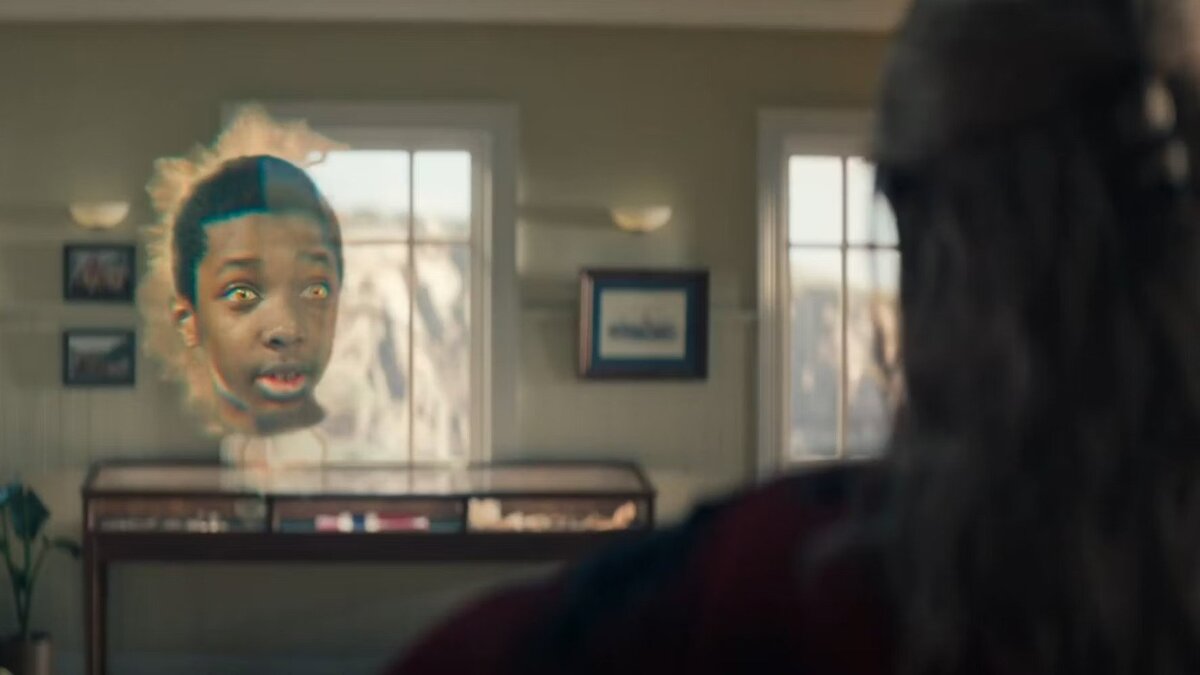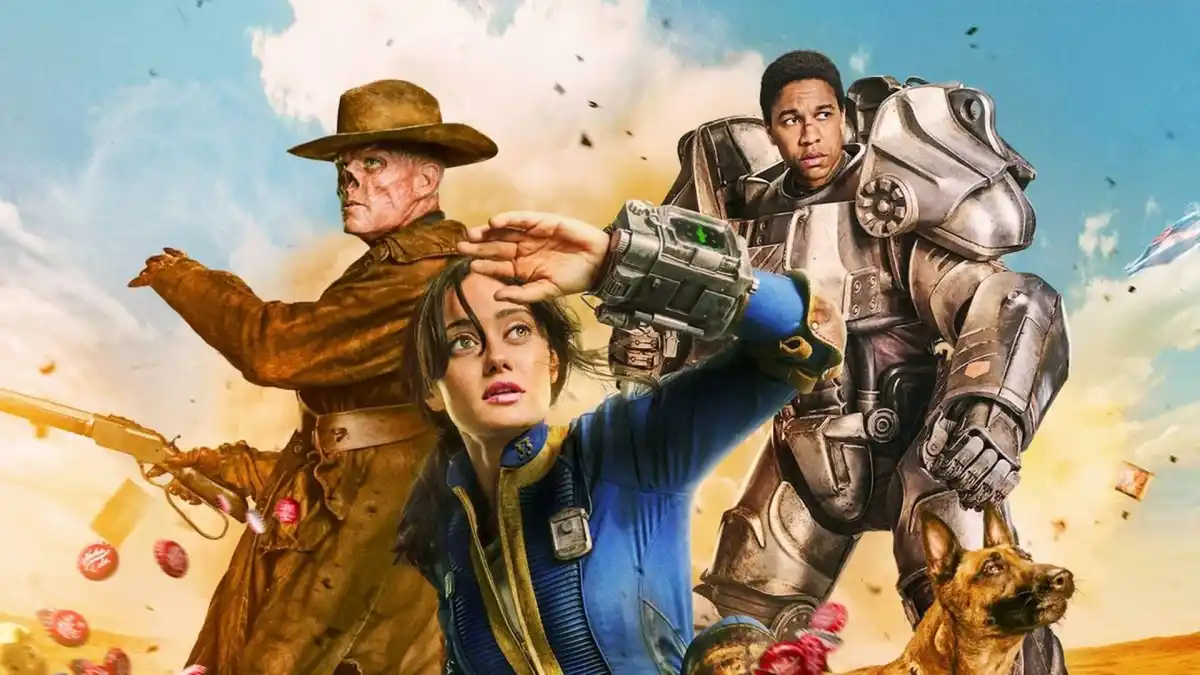The Marvel Cinematic Universe relies heavily on CGI, and rightly so. It is hard to tell stories of inter-universal conflict featuring celestial beings and other-worldly monsters without the help of visual effects. Most of the time, the result is stunning world-building and captivating action sequences. But every now and then, the digital artistry falls short, and the final cuts that make it to screen leave us groaning with a lemon face.
When you consider the multi-billion-dollar brand the MCU has become, its projects should be home to the highest quality visuals. Over the years, though, we’ve also been presented with a few questionable moments that make us forget all the money and prestige behind the curtains. Here’s 10 MCU scenes where the VFX are just plain bad.
Bruce in the Hulkbuster

During Infinity War’s Battle of Wakanda, Bruce Banner dons the beefy Hulkbuster armor when he is unable to transform into the Hulk. Just when all seems lost, Thor arrives with Stormbreaker and elicits a joyous battle cry from Bruce, who flips the Hulkbuster’s helmet open to reveal a curious sight amid all the flawless visuals.
The armor itself is gorgeous, both as a fantasy feat of engineering and as an on-screen visual. What destroys the illusion is the lackluster merging of all that digital crafting with non-CGI elements. Bruce’s head looks almost copy-pasted into the suit, suspended in space with lighting and color correction that does not match its surroundings. The result is an almost comical image of Mark Ruffalo’s floating head that reminds us there is still progress to be made on the digital frontier.
Yelena Belova Atop the Red Room

In Black Widow’s closing scenes, Natasha Romanoff and Yelena Belova make a daring escape as the entire floating facility comes crashing down in the wake of their rescue/sabotage operation. Yelena, in a moment of foolishness and self-sacrifice, destroys the engine of Dreykov’s escaping craft and gives audiences a sour image in the process.
Clearly, the actresses and actors are not really on an aerial craft the size of a Walmart, so a level of digital manipulation is expected. What is not expected is the incredibly poor green-screen effect throughout Yelena’s martyr-like move.
The lighting and colors on her face and body don’t match the surroundings at all, and the effect is Florence Pugh looking like she’s a newscaster at a high school AV club’s production studio. Green screens are something high-budget films should be able to execute flawlessly, but the ball was clumsily fumbled here.
Thanos’ Failed Finger Snap

In Avengers: Endgame, as the heroes and heroines of earth battle Thanos and his massive army, a desperate skirmish breaks out between Iron Man and the purple titan. In a last-ditch effort to fulfill his destiny, Thanos snaps his fingers, thinking he has swiped the gauntlet full of stones without the decades-long hassle of hunting them down. With a pithy one-liner, he snaps his fingers to no effect, but a closer look at the gauntlet reveals a glaring gaffe.
A scene as pivotal as this deserves to have everything perfect, but upon close inspection, we can see the CGI glove clip in on itself, like two video game objects colliding and passing through one another. At the base of the fingers, the plates of the gauntlet disappear into one another like an unintended magic trick.
While it is easy to point fingers at an industry in which few of us have any expertise, we would expect one of the most important scenes in MCU history to have been combed through enough times to catch a mistake like this.
Black Panther vs. Killmonger

The final battle between the King of Wakanda and the would-be usurper takes place deep in the vibranium mines along the tracks of the maglev train that shuttles the harvested ore to and fro. The fight, which had every need to be the most compelling of the film, becomes something else entirely as a result of shotty VFX.
Black Panther’s production was fraught with deadline and workflow issues, leading to a relatively smaller VFX studio taking the helm on the final battle sequence. The resulting throwdown between T’Challa and Killmonger boasts unrealistic movement, weightless characters, and jerky action that makes the scene play more like a video game cut scene than the climactic final battle in a multi-million dollar film.
While the film as a whole remains one of the better MCU outings, it suffers from CGI that unravels in the end.
Dr. Strange’s Third Eye

At the close of Doctor Strange and the Multiverse of Madness, after vanquishing his evil self, inhabiting his dead self, and dispatching the Scarlet Witch, Stephen Strange walks the streets of Manhattan with contentment. That is, until a third eye abruptly and, rather cornily, appears smack dab in the middle of his forehead.
Rather than take time to reveal the consequences of Strange’s dalliance with the Darkhold, the scene is slotted at the end of the film with little nuance. There are no other visual cues or CGI flourishes to convey a sense of impact or the gravity of the moment.
Instead, the third eye just sort of blips into existence on Strange’s head, looking far more out of place than it should, especially given the other, better visual displays the MCU Phase 4 keystone offered throughout its runtime.
See-through Gamora

In his merciless pursuit of the stones during Avengers: Infinity War, Thanos captures his lesser-loved daughter, Nebula, and strings her up for questioning. In an attempt to use Gamora’s love for her sister as leverage, Thanos parades the torturous scene in front of his favorite child, pacing about the room as he does so.
As Thanos steps behind Gamora, spouting menacing one-liners, her body appears semi-transparent, and viewers can see Thanos’ figure moving through her like some ghostly apparition. The moment is fleeting and easy to miss, but a keen eye finds Gamora looking as though her opacity is turned to 75%.
This is something one might expect in low-budget B-movies, but certainly not in one of the highest-grossing movies of all time.
Axl’s Floating Head

Thor: Love and Thunder is an irreverent addition to the MCU, but it is not without its serious flaws. One glaring blemish occurs during a scene in which one of the captured children of Asgard, Axl Heimdallson, projects an image of himself to Thor and company to coordinate their rescue. The result is disappointing, to say the least.
Of all the interesting and unique displays of magic and other-worldly forces at work we have seen throughout the MCU, Axl’s head floating in the middle of the room is among the most uninspired. There is little to no accessory digital effects on the Asgardian child’s hovering image, leaving him looking more like a crude cut-out pasted into the shot than an actual physical presence.
The sequence is a surprising display of lazy VFX in a movie filled with elegant visuals.
Bucky Falling From Train

In Captain America: The First Avenger, Steve Rogers, Bucky, and the Howling commandos board Arnim Zola’s train amid their offensive against Hydra and Red Skull. In the chaos, Bucky falls from the speeding train in a moment that should carry weight but suffers from lackluster special effects.
Bucky is Steve’s best friend in the world, and viewers expect the moment he falls to his supposed death to carry as much gravity and emotional resonance as possible. Instead, obvious green screen undercuts any sense of danger we feel for Bucky, as his stiff, tumbling body harkens back to old 80’s action effects rather than cutting-edge visuals.
Skinny Steve Rogers

Before Captain America was handsome and hunky, he was just skinny little Steve Rogers from Brooklyn. In the months leading up to crossing paths with scientist Abraham Erskine and the Super Soldier Serum, Rogers spent his time trying and failing to enlist. His first attempt puts his frail figure on full display, and the visuals leave something to be desired.
Chris Evan’s face basically floats awkwardly on top of the body double’s, drawing attention to his bizarre, oversized facial features rather than his gaunt frame. Other scenes mask the digital manipulation better than others, but the scene of Steve’s first attempt has an almost uncanny valley feel.
Evans’ unmistakable features are not well-integrated to the smaller head, track poorly with the movement of the body double, and bear striking color and lighting disparities from their surroundings.
Goose the Cat in Captain Marvel

Early in Captain Marvel, Carol Danvers and Nick Fury take Dr. Wendy Lawson’s cat, Goose, into space on their mission to find Mar-Vell’s laboratory. The cute and cuddly feline is curiously CGI in more scenes than it needs to be, especially considering it is fairly common practice to use real trained animals in film.
The digital alternative is unmistakable and borderline unforgivable in the sequence in which Danvers takes flight, pinning Goose in the air against cargo storage. The cat’s body looks laughably misshapen and flattened as it hovers motionless against the bins. An adorable meow does little to add any realism to the moment and turns what is supposed to be a bit of comedy into a distracting display of VFX.





Published: Dec 9, 2022 09:18 am